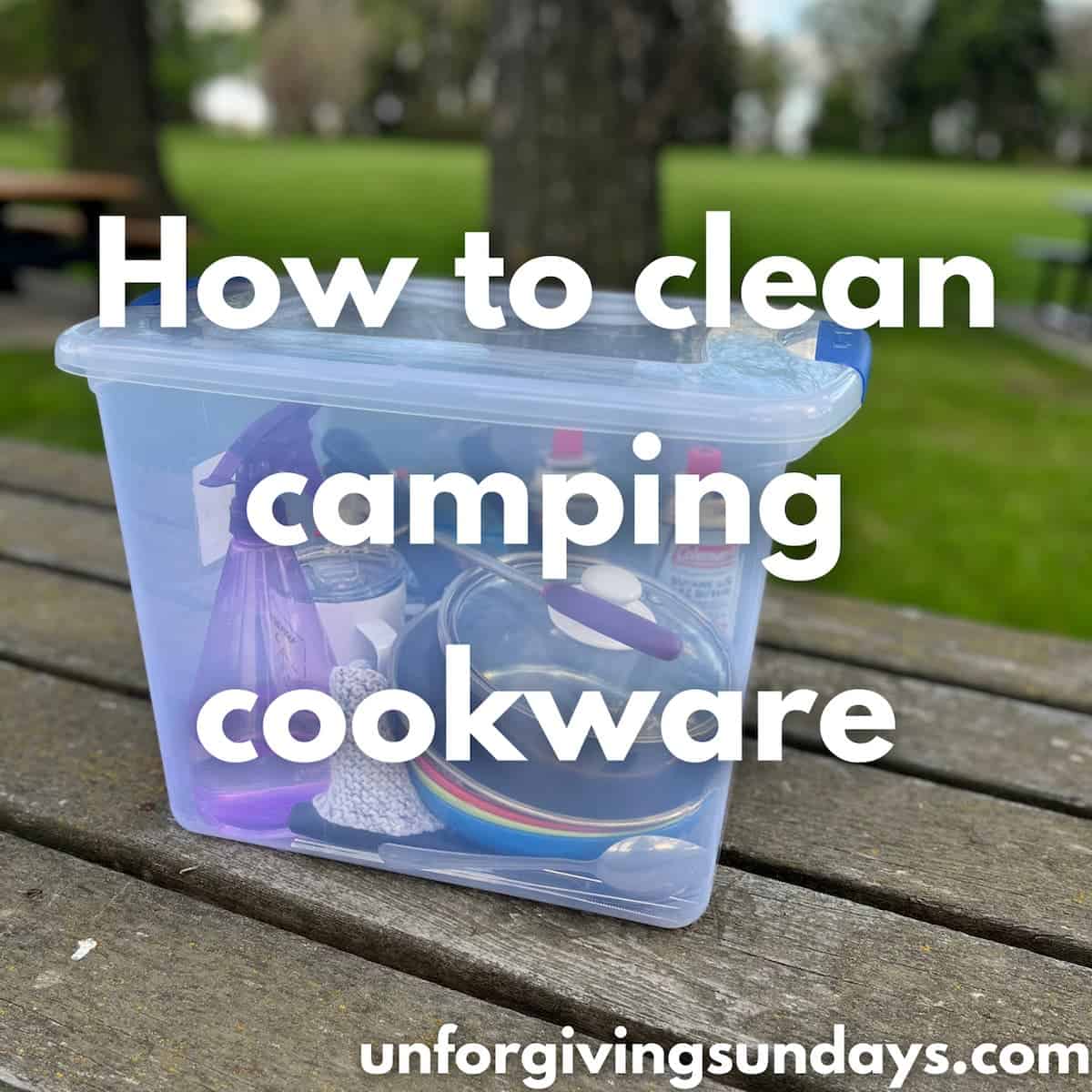If we want to preserve nature so that future generations can enjoy things like hiking, fishing, camping, and hunting, then we need to be good stewards of the environment. There are lots of ways to do this — one way is to prevent the spread of invasive species.

What is an invasive species, you ask? An invasive species is a species that is not native to the area and poses a threat to its new ecosystem. Invasive species might outcompete or prey on native species, have no natural predators to keep the population in check, and/or spread disease.
There are 52 prohibited invasive aquatic species included in the Fisheries (Alberta) Act — 25 species of fish, 16 plants, and 11 “others” (which includes things like snails, mussels, and tapeworms). There are also invasive species “of concern” (as opposed to “prohibited”) that are not included in these numbers.
The Alberta Government produced this handy (and free!) pocketbook which helps identify invasive fish, plants, and other critters like invasive invertebrates, and then gives their history and explains how they threaten the environment.
Regardless of where you are from, it is important to brush up on the local rules and regulations before you head out on your fishing adventure.

What is the difference between an alien species and an invasive species?
An alien species (otherwise known as non-native or non-indigenous species) is something that is not native to the area; an invasive species is not native to the area and has the potential to damage the environment. Invasive species are alien species but not all alien species are invasive.
How do invasive aquatic species spread?
- Shipping vessels
- Recreational activities (like boating, paddle boarding, diving, etc.)
- Industrial activities (like construction or transport of sediments)
- Aquaculture
- Canals and other means of water diversion
- Releasing pets (e.g., goldfish) into the wild
- Live bait — make sure you are buying from a source that follows local regulations for bait use!

How do we stop the spread of invasive aquatic species?
I like to break this down into two rules: we don’t put things in the water and we don’t take things out of the water. Let me explain.
Don’t put things in the water
Don’t release your pet fish in a river. Or flush it down the toilet. Don’t dump your aquarium water (or plants) into a lake. If you use live bait, make sure it is from a trusted source and don’t toss the extras into the water after. Don’t buy lobsters from the grocery store and then let them go free on the beach.
Don’t take things out of the water (and then put them into different water)
This includes things like boats, waders, construction equipment used to build bridges, buckets of sand, surf boards, inflatable docks, equipment used for dredging, etc.
Never take fish, plants, water, sand, invertebrates, etc. from one water source and then put them into a different one.
Clean, Drain, Dry
If you are going to take something (e.g., an oxygen tank for diving) out of the water and then put it into different water, you are breaking the number #2 rule — unless you Clean, Drain, Dry.
First, you should clean off whatever was in the water. You want to clean away any mud, plants, or animals. Zebra mussels–which are an invasive species that outcompete native aquatic animals for algae and can damage infrastructure (e.g., restrict water flow through dams)–can be the size of a grain of rice and like to cling to things. Clean everywhere, paying extra attention to the nooks and crannies.

Once you’re clean, you want to drain any water. This may come from things like buckets or your bilge. It is important because this water could spread pathogens or small invasive plants and animals (e.g., Eurasian watermilfoil, an invasive aquatic plant that only requires a fragment of a stem or leaf to spread). If you are towing a boat in Alberta, as well as some other provinces and states, you can be fined for keeping the drain plug in. Removing your drain plug is not only is good for the environment, but it is also good for your boat — you don’t want to be hauling or storing it with a bunch of water inside.
Finally, you need to totally dry your boat, trailer, and/or gear for at least 24 hours. Everything must dry completely between trips or before they are used in a new water source.
Watercraft Inspection Sites
Any passing watercraft is expected to stop at inspection locations; this includes commercially-hauled, privately-hauled, and non-motorized (canoes, kayaks, paddle boards, etc.) watercrafts. If you are lucky, you might get to watch the sniffer dogs help the inspectors find invasive aquatic species like zebra and quagga mussels, which you can read about here.
A quick note about hiking boots…
If you aren’t careful, your hiking boots could also spread invasive species. Give your boots a quick wipe if you are heading out to a new area.

How do we manage invasive species?
The federal and provincial governments are both involved in the management of invasive species but have differing roles. One way that they do this through legislation. The federal government is responsible for things like the coast, shipping vessels, and rules around trade. The provincial government’s responsibilities focus more on municipalities, public lands, and resource management.
The government tries to do things in this order:
- Prevent the introduction of invasive species in the first place.
- Detect the invasive species early.
- Promptly respond to new cases.
- Manage existing cases with the [lofty] goal of eradication.
The government also runs watercraft inspection sites, funds research and conservation efforts, provides education and resources, etc.
As people who enjoy the outdoors, we also share a responsibility when it comes to managing invasive species. We need to be conscious of how our actions may impact aquatic ecosystems; follow best practices like Clean, Drain, Dry; and report invasive species if we find them. In order to report invasive species, you need to be able to identify them, so you should take some time to learn what might be lurking.
What if I find an invasive aquatic species?
If you stumble upon an invasive species, you need to kill it and report it. Take notes of the GPS coordinates, the day that you found it, and any identifying features. Then call or email the reporting line for your province. In Alberta, you can call 1-855-336-BOAT.

Interestingly, Alberta was the first place in North America to have Prussian carp (which are native to Europe and Asia). While not prohibited under the Fisheries (Alberta) Act, Prussian carp are invasive and considered a species of concern. If you were to find a Prussian carp (or another invasive fish) while fishing, you must kill it and then properly dispose of it — by garbage or stomach.
Here are a few interesting resources in case you want to learn more:
- Alberta Government – Aquatic Invasive Species
- Fisheries and Oceans Canada – Aquatic Invasive Species
- EDDMapS (maps of invasive species distribution in North America)
Do you have any other advice about how to stop the spread of invasive species? If so, please leave it in the comments!




Leave a Reply